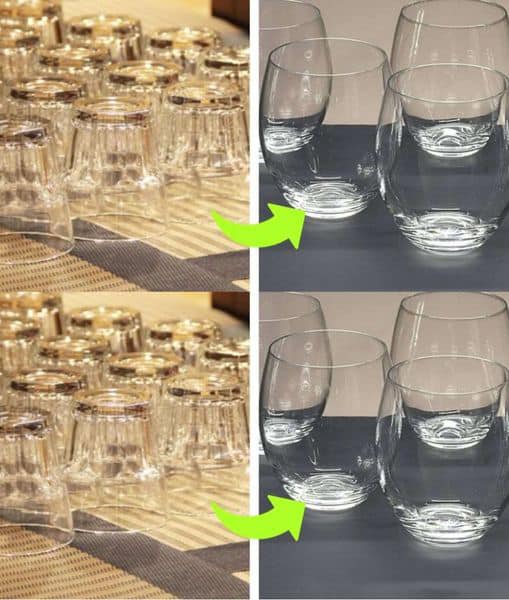ADVERTISEMENT
Absolutely! Here’s a compelling and informative article for your recipe idea:
🥂 Should Glasses Be Stored Facing Up or Down? We Were All Convinced of the Opposite…
It’s one of those age-old kitchen debates: Should you store your drinking glasses facing up or down? Chances are, you’ve been doing it a certain way your whole life — maybe because that’s how your parents did it, or it just feels right. But what if we told you most people have it backward?
Let’s break down the pros and cons of both methods and settle this glassware mystery once and for all.
🥛 Option 1: Glasses Facing Down (Upside-Down)
This is the most common method — flipping glasses upside down with the rim resting on the shelf. Why do people do this?
✅ Pros:
- Prevents dust from collecting inside the glass.
- Great if your shelves are open or rarely used.
- Helps maximize cabinet space — especially if stacking is involved.
❌ Cons:
- The rim (where your mouth goes) rests directly on the shelf, which might not be as clean or sanitary — especially if moisture gets trapped.
- Can trap odors or moisture inside the glass if the surface isn’t completely dry.
- In airtight cabinets, glasses can develop a slight musty smell.
🍷 Option 2: Glasses Facing Up (Right-Side Up)
This method places the glass with the base on the shelf and the open end facing up. It might look neater — but is it better?
✅ Pros:
- Protects the drinking rim from contact with potentially dirty surfaces.
- Allows for better air circulation, keeping glasses dry and odor-free.
- Ideal if your cabinet is clean and dust-free (or has doors).
❌ Cons:
- Dust can collect inside, especially if the cabinet is opened frequently or left open.
